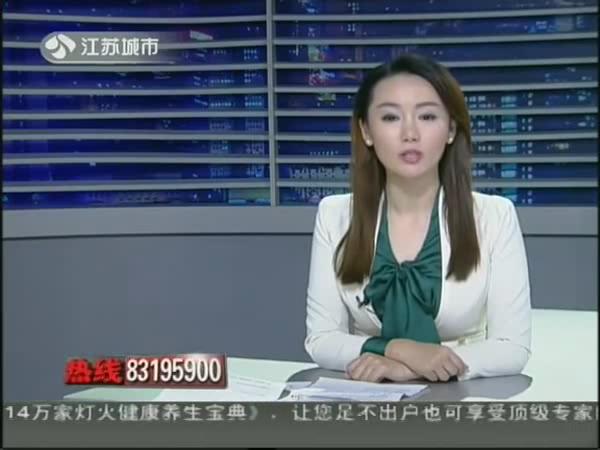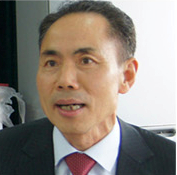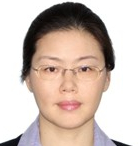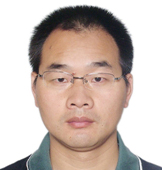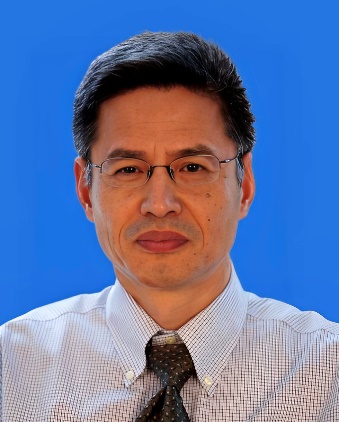Jan.21, 2010, 12:00AM, From: The Australian
ORGANISED crime is laundering money through the bank accounts of unsuspecting third parties in a global racket known as "cuckoo smurfing", masking millions in Australia alone.
Queensland's Crime and Misconduct Commission has detailed how criminal syndicates use stooges and legitimate firms to hide illicit profits.
Money monitoring agency Austrac believes crime in Australia generates up to $6.3 billion a year, but that pales against former International Monetary Fund boss Michel Camdessus's estimate that money laundering is worth up to 5 per cent of global gross domestic product, equating to a staggering $56bn here.
Cuckoo smurfing is a new laundering technique employing functionaries, or "smurfs", to deposit black money into the bank accounts of unsuspecting individuals or companies.
"The term . . . has its origin
in the nesting behaviour of the cuckoo bird," the CMC explained in a report on money laundering issued yesterday.
"The cuckoo lays its eggs in the nests of other birds. Similarly, offenders deposit their POC (proceeds of crime) into the accounts of unsuspecting and unrelated third parties. The cuckoo smurfing technique involves a legitimate financial transaction occurring . . . in one direction, and an illegitimate flow of the POC in the other direction.
"The scheme basically relies on criminal infiltration, association or coercion of . . . dealers, who then `sell' the legitimate transaction to the organised crime group."
In one case documented by the CMC, $1.7 million in drug money was deposited by smurfs into the unwitting recipient's Australian-based bank account over a six-week period.
The 61 separate cash deposits ranged from $3500 to $150,000.
In another incident, a master smurf received cash from a drug syndicate in instalments of up to $1m, and was then provided with the names and bank details of accounts where the money was to be deposited.
The functionary disbursed the funds, in amounts ranging from $500 to $25,000, through the accounts of bank customers who were expecting an international money transfer.
Consequently, "the organised crime group effectively moved the value of their POC to the overseas location, where it was able to be accessed," the CMC reported.
Crime groups also laundered proceeds of crime via business revenue manipulation, in which illicit funds were funnelled through a firm's otherwise legitimate accounts.
The CMC cited a recent case involving an unnamed car upholstery business. Its books recorded numerous sales invoices, but minimal detail.
"Investigators suspected that significant illegitimate cash was being laundered and pumped into the revenue of the business," the CMC said. "This suspicion was reinforced when the business was sold, as the new owner noticed a large dip in the cash sales."
